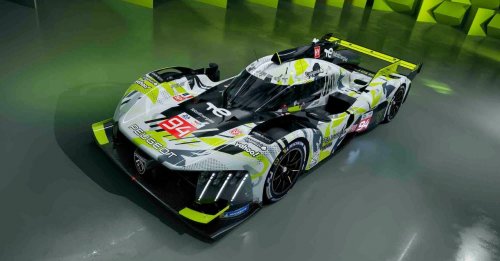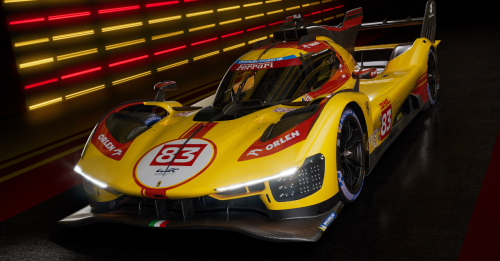With little competition aside from their own history with unreliability and the gruelling event itself, Toyota took their first Le Mans victory.
There are, of course, the usual statistics one could drop about the 24 Hours of Le Mans – a truly grueling motorsport event, and one that has been on the bucket list of many racing drivers to simply compete in. 13.626km is the length of the Circuit de la Sarthe, where the fabled event is held. The circuit has a total number of thirty-eight turns, including two tight chicanes on the 6km long Mulsanne Straight, where the cars’ brakes take a pounding. And then of course, 5,287km is the approximate distance covered by the winning entrant this year over the 24 hours of the race.
This time the winner was Toyota and their #8 TS050 LMP1-Hybrid entry driven by Fernando Alonso, Sebastien Buemi and Kazuki Nakajima. If you knew anything about this event over the last five years, you would be aware of how desperately Toyota had been trying to win the event, and if your memory goes back even longer you would know of the near miss in 1999.
Well over two decades of trying to win Le Mans had paid off for Toyota, but there was one number that helped to put their achievement in perspective – zero. Zero credible competition from any other manufacturer after Audi and Porsche had turned the event into pretty much their own happy hunting ground. There were heartbreaking moments like 2016, when the lead Toyota reported a loss of power with just less than seven minutes till the end of the 24 hours and stopped at the finish line with just three minutes left. But pushing them to the finish line was Porsche’s mighty 919 Hybrid, which passed the stricken Toyota and won.
And as the LMP1-H cars fell by the wayside last year, it was Porsche that came storming through the field (Audi had left but Porsche still fought with Toyota) and LMP2 cars to claim overall victory. And it was that heavy competition against another manufacturer with which Toyota could fight on an equal footing which was missing this year, and it showed.
Alonso had put in a superb recovery drive to make up the deficit to the #7 Toyota entry, but when the time came to pass, the #8 car was allowed through without a fuss. Because it is not just Toyota that gains from the publicity of Alonso winning at Le Mans. It is also the 24 Hours of Le Mans and the FIA World Endurance Championship that has seen the number of manufacturer entries in the high-profile LMP1 class go from four in 2015 to just one this year. Much to the chagrin of those competitors who wanted to compete in the Petit Le Mans and the WEC round in Fuji this year, the calendar was changed so as to allow Alonso to take part in all the rounds.
But change is afoot in the WEC and Le Mans too. Due to the unsustainably high costs of being a race-winner in the LMP1 class, the regulations for that category will go a massive overhaul in time for the 2020 season. Cars more relevant to hypercar manufacturers are aiming to slash costs by a quarter while keeping the same crazy numbers.






























Write your Comment